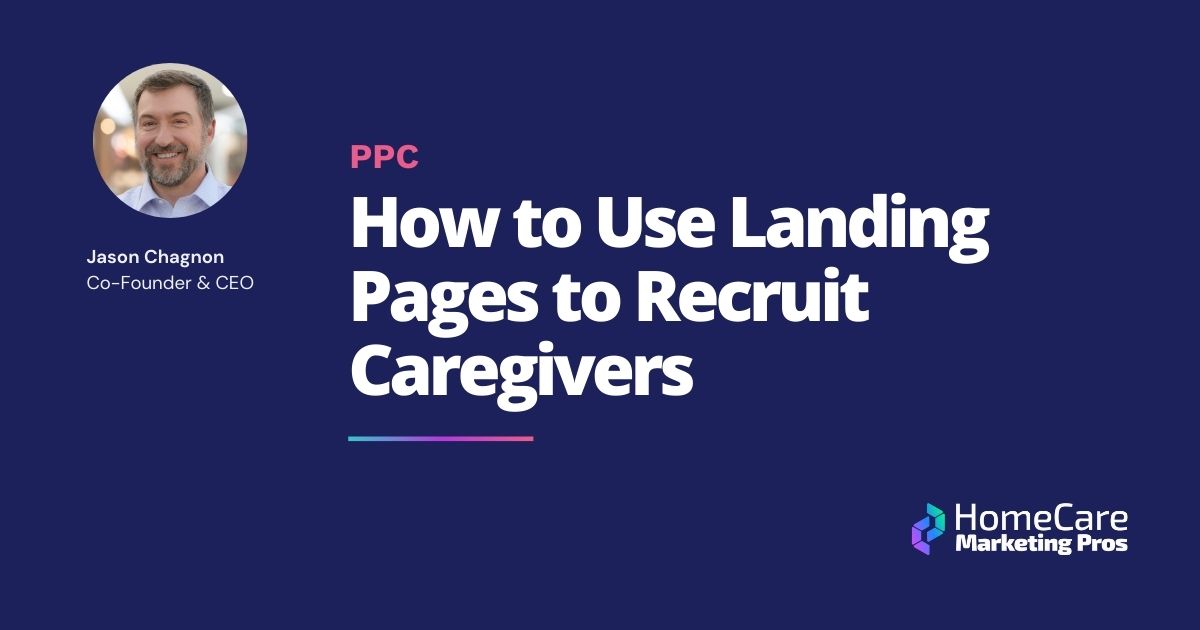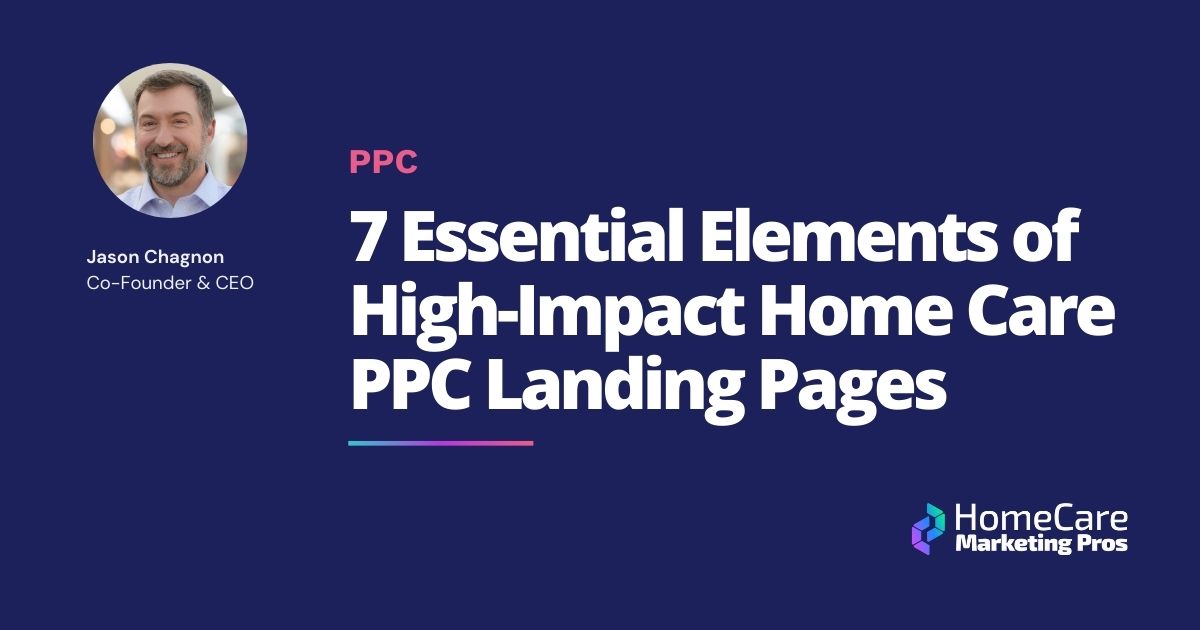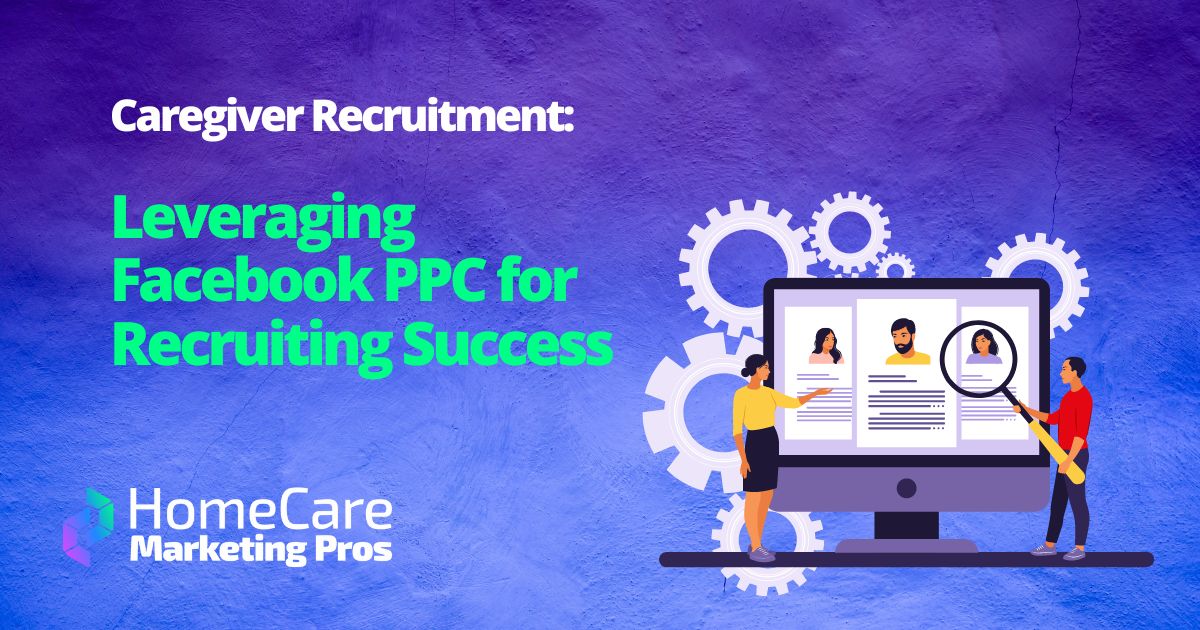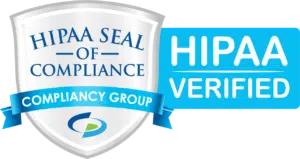Home Care PPC Success: Why Optimizing Google Ads Is Key
How to optimize your paid search campaigns to maximize your ROI
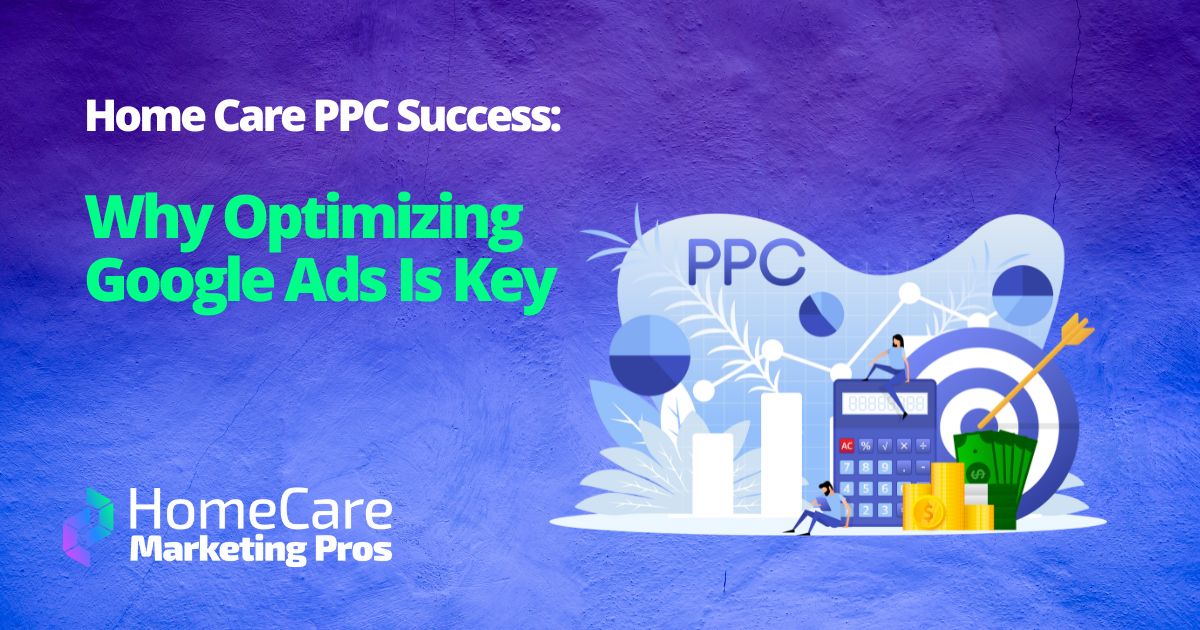
PPC, or pay-per-click, campaigns are a cost-effective way to add new client leads to your customer pipeline.
However, these campaigns take a great deal of research, planning, and careful optimization in order to maximize return on ad spend (ROAS). Here’s why you should optimize your home care PPC campaigns, plus best practices for getting the most out of your investment.
What does it mean to optimize Google Ads?
Optimizing Google Ads entails making tweaks to your Google paid search campaigns while they run; it also includes taking what you learned from past campaigns and incorporating it into new ones. The goal of optimization is to maximize your marketing return on investment (ROI).
Examples of optimizing home care PPC campaigns include:
- Adjusting your ad bids based on factors like a user’s device, location, and time of day
- A/B testing ad messages and landing page copy
- Using negative keywords
- There are even tiny changes you can make to boost engagement with your ads—for instance, Google reports that ads written in title case (first letter of every word capitalized) are more likely to win clicks
Unlike print ads, digital campaigns can be optimized—one of the many advantages of going digital with your home care marketing efforts.
Why optimize home care PPC campaigns?
Google reports that the average ROI on its paid search platform is as high as 8:1. That kind of return is hard to pass up, but it doesn’t happen by accident. Successful optimization shows up in your key performance indicators, or KPIs. The principal indicator of campaign success is the number of qualified leads generated, of course, but there are a few metrics you can track that can help you increase the number of potential clients that enter your funnel.
Your home care agency may want to track the following KPIs:
- Click-through rate (CTR): Google Ads have an average click-through rate of 3–5%
- Cost-per conversion
- Phone calls (best measured with call tracking technology)
- Conversion rate (sometimes measured by landing page form fills)
- Return on ad spend (ROAS)
11 tips to optimize your home care PPC campaigns
Here are some of the best practices for optimizing your Google Ads campaigns.
1. Manage all your campaigns with a high-quality CRM. The more organized your lead pipeline, the more likely you are to sign new clients. A client relationship management platform, or CRM, is the best way to track and communicate with your new leads.
2. Link your Google Analytics account to your Google Ads account. The audience insights from your site analytics will greatly inform your paid search campaigns by helping you identify the most valuable audience segments.
3. Identify specific campaign goals. One reason your Google Ad campaign might return mediocre results is that the goal and messaging for your campaign are too loosely defined. Identify specific goals, like adding qualified leads for your companion care services only, to ensure greater returns.
4. Invest in landing pages that convert. When a user clicks on your ad, that doesn’t mean you have a lead who’s ready to convert. The landing page where they arrive should continue the customer journey. Test your landing pages with various headlines, copy, colors, and CTA buttons.
5. Experiments with different ad copy. Optimize your campaigns by trying different messages. You may find your ideal clients respond to a phrase like accredited home care more than they respond to a phrase like experienced home care. An A/B test will show you your sweet spots.
6. Try different keyword types, like short phrases (home care) and long-tail keywords (how to find an in-home nurse). You can also toggle between different match types on your Good Ads campaign dashboard, like exact match or phrase match to laser-focus (or broaden) the reach of your search campaigns.
7. Use negative keywords to eliminate ad waste. Negative keywords are terms that when searched, remove your ad from the auction. Your might include terms that describe services you don’t offer—like “hospice” or “autism care”—so you don’t advertise to the wrong search users.
8. Use the Google search terms report to understand which search terms trigger your ads to appear—and find new campaign opportunities.
9. Try retargeting. Google Ads users can take advantage of retargeting lists, which means you can target search users who have already been to your site, shepherding those users to provide you with their contact information so you can add them to your pipeline.
10. Use Google’s Ad Preview and Diagnosis tool, which can show you which ads are most often appearing for a search term and help you understand why yours might not be showing up.
11. Measure ROI. For every campaign you run, and the changes you make, track the return on ad spend (you’ll use specific goals to do this). Use what you learn to feed your future campaigns to maximize your overall marketing ROI.
Optimize your campaigns to maximize your home care PPC campaigns' ROI
Home Care Marketing Pros have years of experience optimizing home care PPC campaigns for maximum return. Plus, our CareFunnels platform lets you manage all your incoming leads in one place, ensuring you never lose a potential client. See how it all works by booking a demo.


